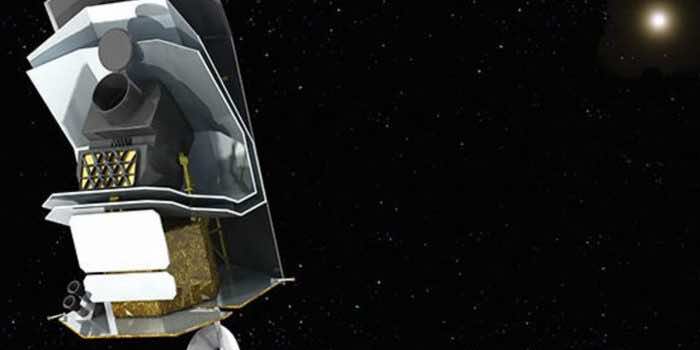A NASA technique developed for space missions can also charge an electric vehicle on Earth in just five minutes by ‘cooling’ heat generated by the current-carrying conductor.
Using NASA’s Flow Boiling Module as a blueprint, researchers at Purdue University massively reduced the amount of heat traveling through wires to push 1,400 amperes, the unit of electric current through cables.
At a station, it takes around 20 minutes to power a vehicle at a station, many people have opted to stick with their gas guzzlers because of the convenience. But this new system surpasses all techniques.
States like California and New York are banning the sales of new gasoline-powered cars by 2035. Hence, this will be well received.

The NASA-made system was initially built for the International Space Station, where it has been tested in microgravity to ensure its success on future space missions.
Issam Mudawar, a professor of mechanical engineering at Purdue constructed a prototype in 2021 that was announced on Tuesday to be successful in powering electric vehicles.
Using an alternative cooling method, Purdue researchers designed a charging cable that can deliver a current 4.6 times that of the fastest available EV chargers on the market today by removing up to 24.22 kilowatts of heat.

‘Application of this new technology resulted in an unprecedented reduction of the time required to charge a vehicle and may remove one of the key barriers to worldwide adoption of electric vehicles,’ NASA shared in a statement.
There are only 677 charging stations spread across the five boroughs and although the city is set to add 10,000 curbside chargers by 2030, it may not be enough to power the thousands that will be cruising around by 2030 – 68 percent of all new cars sold this year will be electric.


